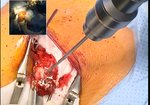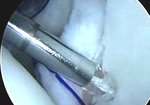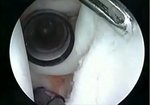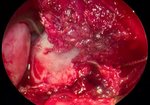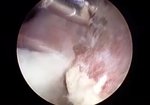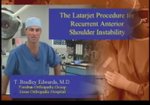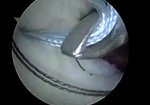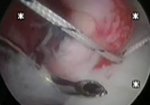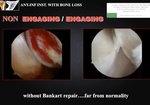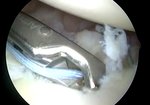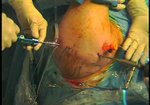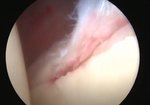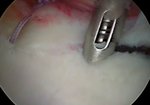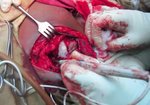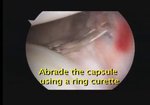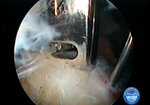Playback speed
10 seconds
Trasosseous Bankart Repair of Anterior Shoulder Instability by All-suture Anchor Equivalent Technique
0 views
April 10, 2018
Here we will describe a transosseous Bankart repair technique, that was designed by the first ...
read more ↘ author (Mohamed Aboalata, tested in the laboratory and performed clinically using an on-site prepared all-suture anchor equivalent constructs (commercially available all-suture anchors are another option) that does not need to be tied over the posterior glenoid as in the Caspari technique and its modifications but simply introduced and then buckled in order to avoid soft tissue injury .
We used specific instruments and commercially available materials to decrease the cost of this procedure. The technique is thought to provide a higher degree of stability and resistance to pull out when compared to the standard suture anchors, particularly in the osteoporotic bone. It may provide a solution in places with limited resources when the surgeon is faced with the need for an additional anchor that wasn’t planned for. Also may be used in other anatomical segments of the body for reconstruction of ligaments or transosseous tendon insertion.
↖ read less
read more ↘ author (Mohamed Aboalata, tested in the laboratory and performed clinically using an on-site prepared all-suture anchor equivalent constructs (commercially available all-suture anchors are another option) that does not need to be tied over the posterior glenoid as in the Caspari technique and its modifications but simply introduced and then buckled in order to avoid soft tissue injury .
We used specific instruments and commercially available materials to decrease the cost of this procedure. The technique is thought to provide a higher degree of stability and resistance to pull out when compared to the standard suture anchors, particularly in the osteoporotic bone. It may provide a solution in places with limited resources when the surgeon is faced with the need for an additional anchor that wasn’t planned for. Also may be used in other anatomical segments of the body for reconstruction of ligaments or transosseous tendon insertion.
↖ read less
Comments 1
Login to view comments.
Click here to Login


